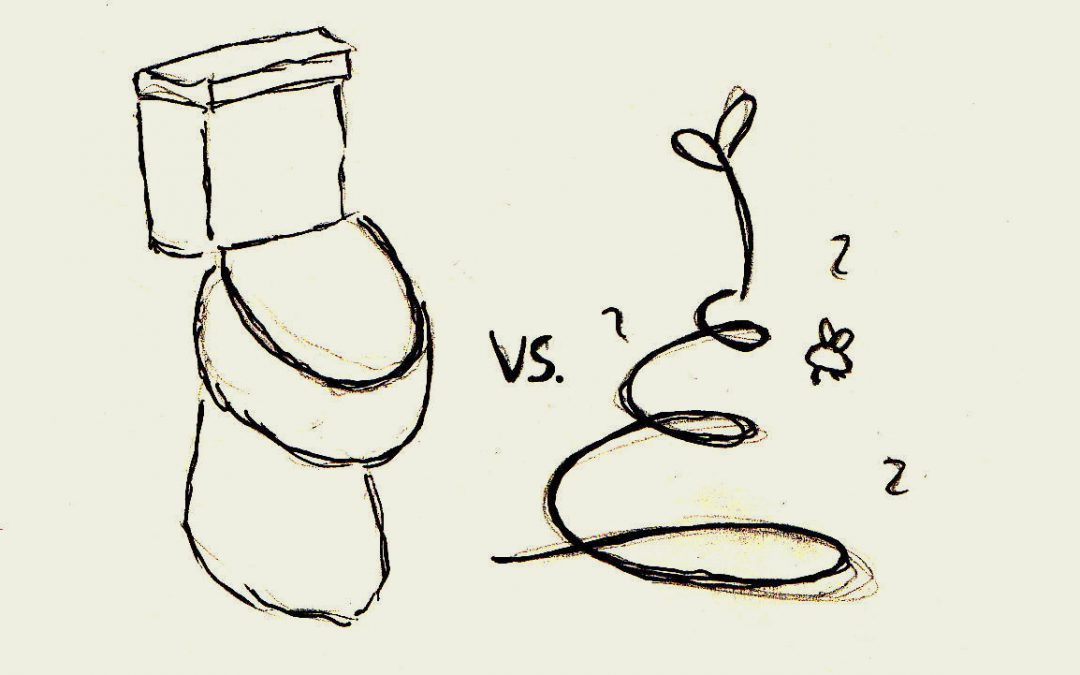
by William | Jun 24, 2020 | Net Zero, Small Footprint
Dear Readers,
If you have read the “Our Waste Goes Where?” blog (and if you have, I applaud you..that was a rough one..) or are familiar with how wastewater treatment generally works, whether it be a septic tank or a treatment facility, you may be wondering how the Clivus Multrum composting toilet and greywater system is beneficially different. I know that I was certainly curious…I mean, the results are similar. Most of the solid and liquid waste, whether flushed or composted in a hole, eventually find their way back into the great world as either fertilizer or drainage. So, what makes the idea of not just specifically the Clivus Multrum system, but a composting toilet in general, so enticing?
Since William and I are looking to build The Seed in a rural area, I am going to directly compare a composting toilet and greywater system to what is most often offered to fellow rural inhabitants…a septic tank.
Composting Toilet
A composting toilet is, for us, preferable to a septic tank for three main reasons.
1) It makes the home, and encourages the inhabitants within it to be, holistically self-sustaining, or, our version of net-zero living. Utilizing a composting toilet allows the home to have a reduced reliance and impact on the physical site it is on.
There is no digging a sand mound, or installing deep in the earth a septic tank. The solid waste that settles in the tank does not need to be pumped out by a big truck, and then subsequently dropped off at a public wastewater treatment facility.
Rather, the solid and liquid waste that the inhabitants generate rest in separate bins until they can be returned to the earth as stable soil fertilizer. The owner or resident (William and I!) can do this themselves with a simple and common tool…a shovel.
A composting toilet also results in a reduction of the home’s overall water usage. If you opt for the standard composting toilet, then you use no water when contributing your waste to compost. None. Even if you choose the foam flush composting toilet, you only use 6 ounces of water per flush. If you are relying on a rainwater pillow for your water supply, this is a HUGE plus…as well as a beautiful help in achieving net-zero living.
The greywater garden for the greywater filtration and distribution would be the only alteration required to the land…and that is because we would physically be planting a garden which would aid in filtration and dispersal. Yay, plants!
Not only would a composting system aid the home in being holistically net-zero, but it would better enable the inhabitants to take account for their own waste. Before researching for the blog, “Our Waste Goes Where??”, I honestly had no idea what happened to my processed nutrients. I figured it went to our septic tank, which I knew had to be pumped once every couple years…but I had no idea that it eventually went to a wastewater treatment facility, and what that process looked like. Someone else took care of it. All I had to do was sit on the toilet, do my thing, and flush. Done. The mess was no longer mine. Because William and I intend to raise children in this crazy idealistic home of ours, we see the composting toilet as a great life lesson for them…in William’s (and a lil’ of Shelby’s words), it will be “teaching our children to not expect other people to clean up their nasty sh…enanigans.”
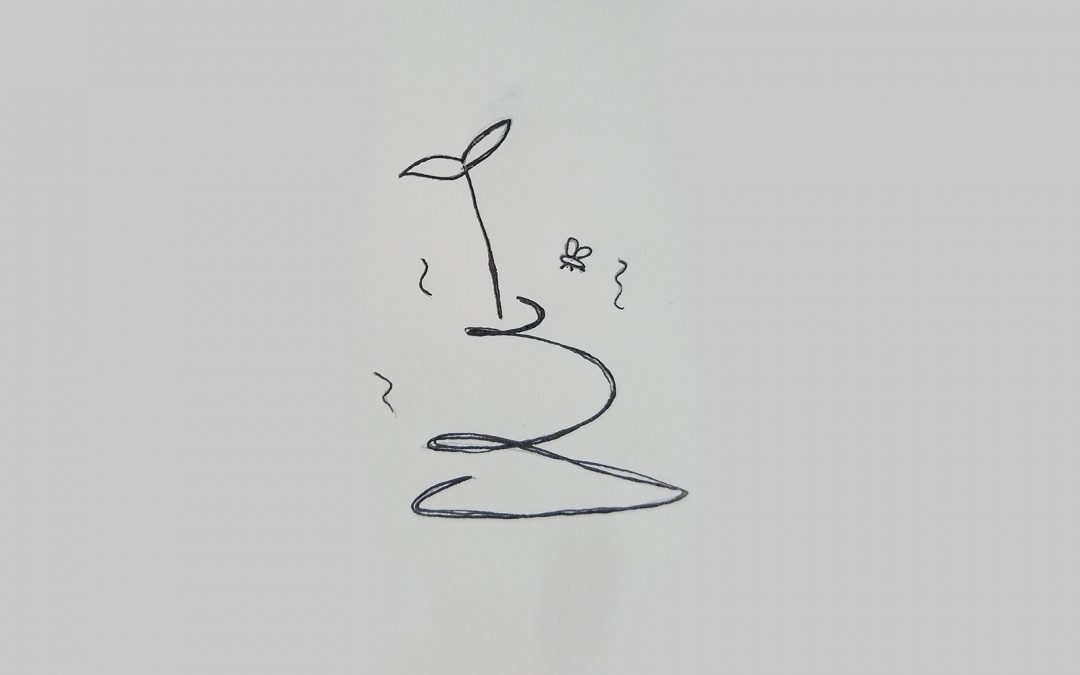
by William | Jun 17, 2020 | Net Zero, Small Footprint, Uncategorized
Dear Readers,
The Clivus Multrum composting toilet is kinda cool in that its name gives the bases of how it works in two words. ‘Clivus’ is Latin for ‘incline,’ and ‘multrum’ is Swedish for ‘compost room.’ And, in essence, the Clivus Multrum composting toilet is a toilet (basically a hole) that lets waste fall into an inclined composting room. Bam. Boom. Blog is basically done.
Ha! Kidding. To give justice to the simplistic yet holistically functional toilet system, it deserves a slightly more in-depth explanation. I promise, this will be simpler than the blog about wastewater treatment facilities…
Their toilets are much more sophisticated looking than a dark, deep hole you squat or stand over. They actually look like a real toilet! Some even use a small amount of foamy, soapy water (no more than 6 ounces) to clean the bowl when you use the flush mechanism…it’s like you would never know that you just sat on top of, and contributed to, compost.
When you donate your waste as tribute to earth fertilizer, it falls down into that inclined chamber. This incline is super important: it is what keeps the urine and the poop from being one, large, smelly, conglomeration. Gravity forces the urine to filtrate downward through the solid wastes, allowing the solid waste to remain dry (and unsmelly). However, when the urine gets to the bottom of the chamber…it is no longer urine…like a butterfly, the caterpillar has gone through metamorphosis!
Wanna know the secret to changing your urine to something else (maybe not necessarily as pretty as a butterfly…)? I sure did…
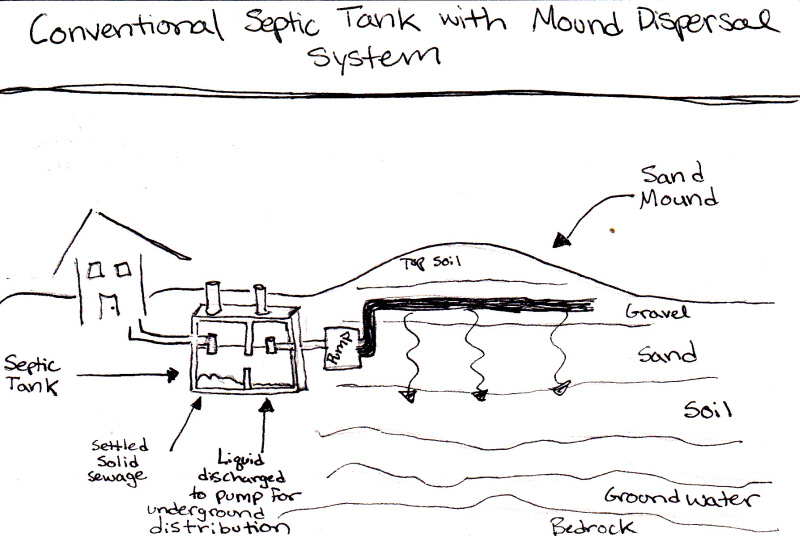
by William | Jun 10, 2020 | Net Zero, Small Footprint, Uncategorized
Dear Readers,
Our bodies need nutrients to survive. As we consume, we produce waste. This waste is processed. Occasionally, the processed poop ends up as fertilizer and provides nutrients to our nutrients. We then consume said fertilized nutrients…and set them free again! ‘Tis more than the Cycle of Poop. In truth (a deeper more philosophical existential sense…), it is the cycle of life~ where every living being, plant to animal, has a purpose…and even its demise results in a form of rebirth and a giving of life to another. Poop has a Purpose.
In a much more scientific and detailed manner, I am now going to explain to you, dear readers, the step by step processes for how city people take care of their waste (Centralized Wastewater Collection and Treatment) and how country folk take care of their waste (Decentralized Wastewater Collection and Treatment). I will attempt to keep it concise and organized (and all existential crises excluded)…as cleaning poop can be a messy endeavor.
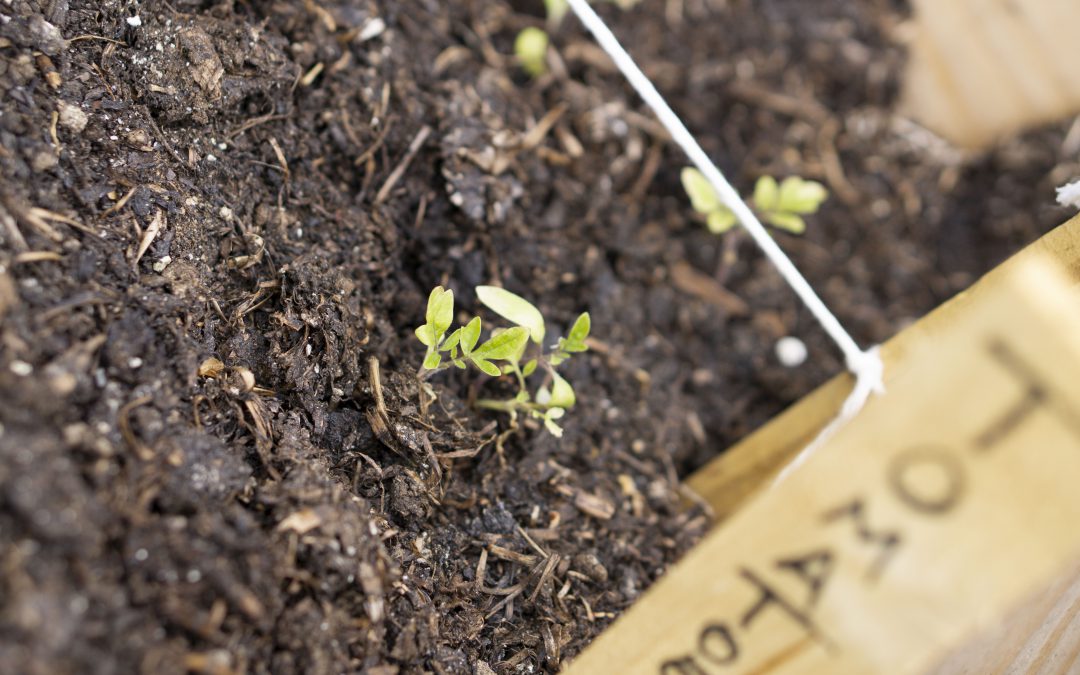
by William | Jun 3, 2020 | Healthy Living
Dear Readers,
Here is a brief timeline update on the gardening endeavors…
March
At the very end of March we planted our onions. It was funny…imagine super tiny, little bite sized, adolescent onions, and placing them with their little rooty parts down, and the pointy part up. They were cute! We made rows of them, and dug deep enough only so that they were just covered. They were placed about four inches apart from one another. They ended up occupying 99.9% of the section of garden we were using…the other .1% was a small row of lettuce.
We actually had so many onions, that we ran out of space and grew slightly tired of what seemed like babying them (did they really need four inches? Wouldn’t two suffice?). So, we dug a big, shallow hole, and threw the remaining 30 or so throughout. Not what you are supposedly supposed to do…but we shall see what happens!
Our tomato plants have also begun to sprout!! And…that is it. Eggplants, nothing. Cabbage, nothing. Peppers, nothing. But progress is being made! At least something is growing.
April
Remember those neglected onions we threw in a hole? Welp, they are surviving and thriving. After an intense rain storm, our onions are growing like crazy!!
All of our seedlings are also sprouting! Cabbage (I have never seen baby cabbage sprouts before…cute baby капуста), peppers, and eggplants are all doing decently well. They do look a little pale though…I don’t think they get enough sun from where we positioned them in the house…
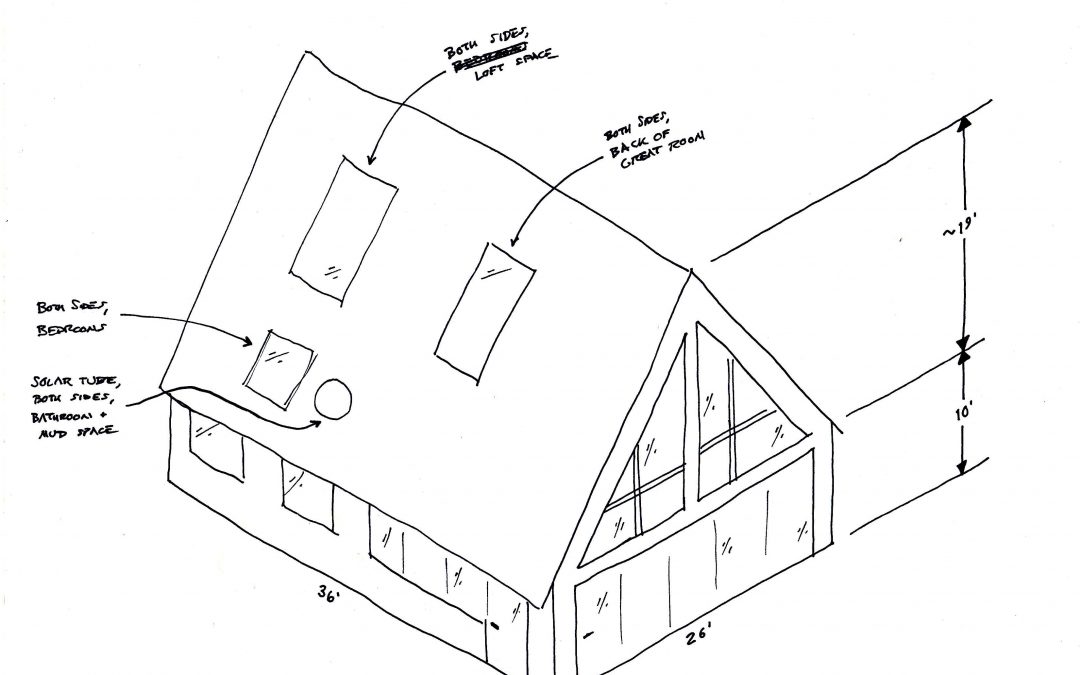
by William | May 27, 2020 | Prefabrication, Small Footprint
One look at the “unfolding module process diagram” or the “sketched section of folding roof” may result in some gawking, coffee-spitting, guffaws, and perhaps even the closing of this blog. All understandable!
If you have, however, continued to read this blog despite the drool that dripped from your gapping, gawking mouth…and despite the coffee that is now splattered on your screen and maybe keyboard…and despite the awkward stares you received from your side-splitting guffaws…thanks! We are crazy, we know.
So, here is a quick, simplified explanation as to some of the gibberish we’ve got running around in our brains…
Axonometric Sketch of Home
Our home will by no means be a ‘tiny’ home, but it will be a rather small-ish home! It will be 36’ long by 26’ wide on its first floor. The loft space will be about 23’ by 16’ and go above only the bedroom, bathroom, and mudroom areas. The total square footage is estimated to be about 1,304 square feet.
As you can see in the axonometric sketch (such a big word…) we really want to incorporate a high usage of windows…perhaps too many. But that fact is to be soon determined as we currently are also undergoing some cost analyses. All windows would have to have high R-values and be made by a Passive House certified window manufacturer- which also adds to the immediate price tag.
The skylights would illuminate the loft space, bedrooms, and the back section of the ‘great room’ (‘great room’ just sounds so pompous…). We would use what are called ‘solar tubes’ to bring natural light into the bathroom and mudroom area. Solar tubes are neat in that they are literally a tube in which the entering sunlight bounces around before it fills the larger living space, thereby creating a more even distribution of light.
Our home will be small. And depending on how many children we have, it is only going to get smaller. The ‘window walls’ you see at the front of the ‘great room’ are not stationary, allowing our small space to get larger. They can fold to allow the home to be made almost entirely open to the outdoors. The windows above the sink and kitchen area will also be foldable- thereby creating an open bar to the deck outside. A great example of how these guys work is to take a look at Zola’s “BreezePanel Folding Walls” (William drools everytime he watches the video).





